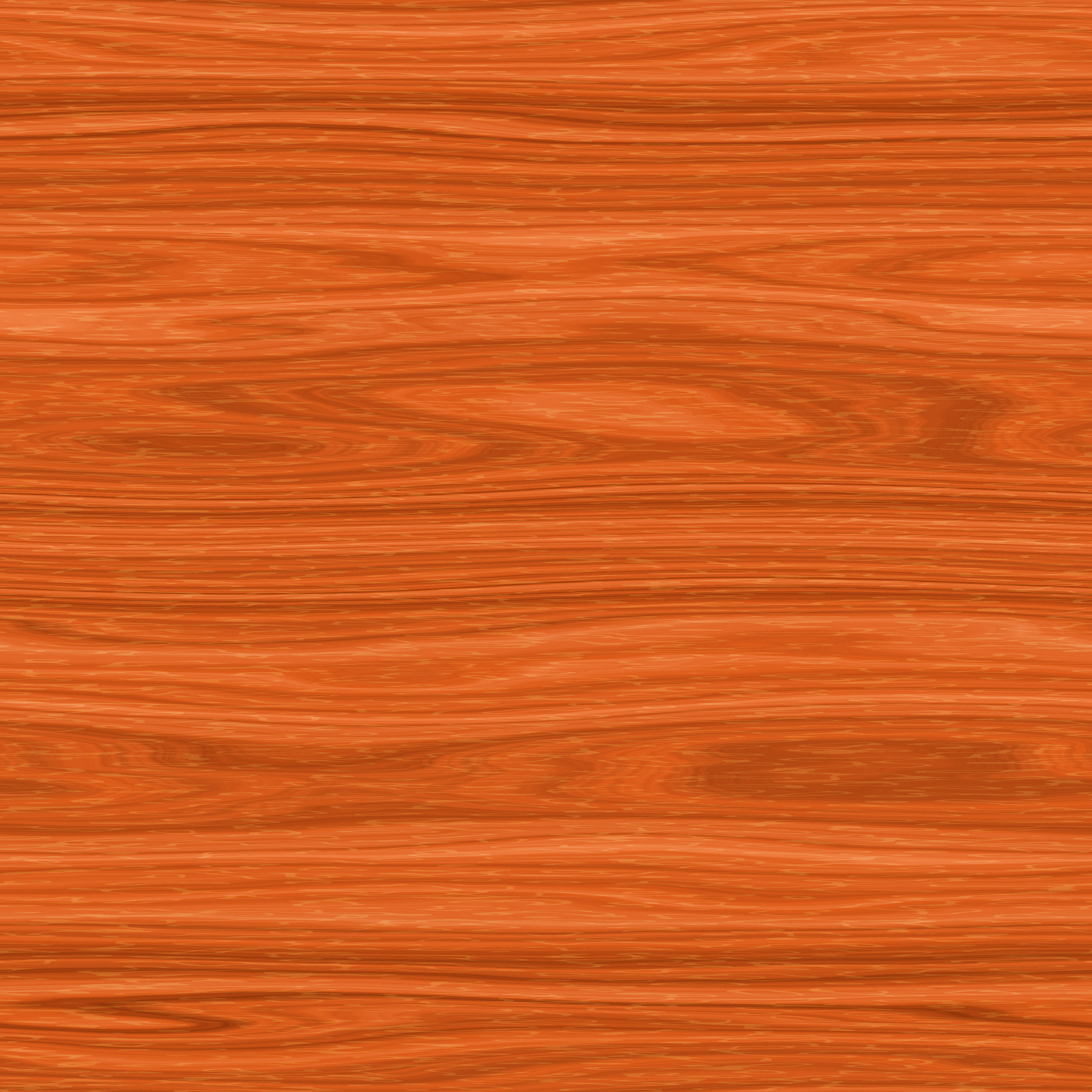
Redwood is actually a specie group that is made up of primarily two distinct conifers: California or coastal redwood and the giant sequoias. The giant sequoias are often referred to as the sentinels of the Sierra and are among the oldest and largest organisms in the world. These trees are protected forever and are part of our national parks forest. Coastal redwood (Sequoia sempervirens) is often referred to as California redwood and is the state tree of California. Old growth coastal redwood is found in over 98,000 acres of protected state and federal parks. These trees can reach diameters of 14 feet with trunk circumferences of 40 feet. Actually, these trees are slender for their height which can reach above 275 feet. Distribution is through the damp valleys of the Coastal Northwest's high rainfall belt which runs from Big Sur, California northward to a few miles above the Oregon border. The tallest tree in the world "The DYERVILLE GIANT" lived in the Humbolt Redwood State Park until it was toppled by a neighboring falling tree on the night of March 24, 1991. Germinating 1,000 years before Columbus, it was 1,600 years old and weighed 500 tons with a circumference of 52 feet. The giant sequoias (Sequoia gigantea) stand in scattered groves along the western middle slopes of the Sierra. While the giant sequoias do not attain the height of the old growth coastal redwoods, they do surpass them in diameter and weight. The General Sherman tree in Sequoia National Park, for example, averages 30.7 feet in diameter at its base and 27.4 feet at a point 8 feet from the ground. Its trunk weight is estimated between 1,300 and 1,400 tons! Both old growth coastal redwoods and the giant sequoias are part of our national forest treasure and most are protected forever in state and national parks. Today, most redwood for commercial use comes from new growth forests on privately owned lands. Redwood's unique rapid growth and sound forest management practices enables these young growth forests to produce good quantities of timber. In just sixty years, these trees can reach a diameter of three feet and a height of 130 feet. These are the fastest growing trees in our country making them optimal for sustained yield forestry.
Redwood lumber is the most commercially valuable softwood. Decay and insect resistant, it has great longevity, making it one of the most reliable woods on the market. Although production of redwood occurs on private lands in California, a nationwide market exists.
Redwood is most commonly used for decking, siding, fencing, garden structures and outdoor furniture. Because of its durability it is also used for cooling towers and is a good choice for agricultural buildings and equipment. Redwood is also prized for its beauty, especially its rare redwood burl, which is manufactured into valuable veneer.
